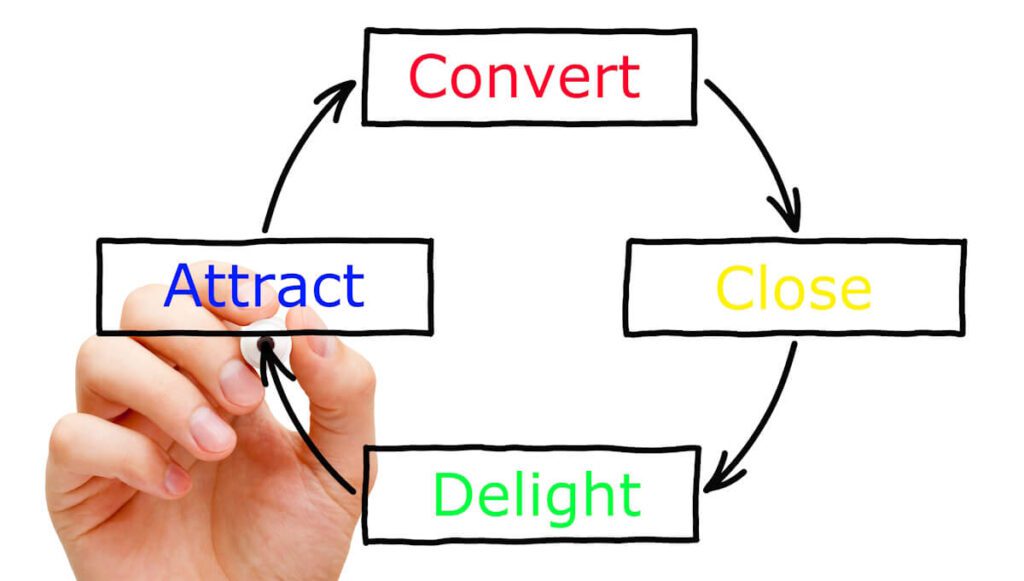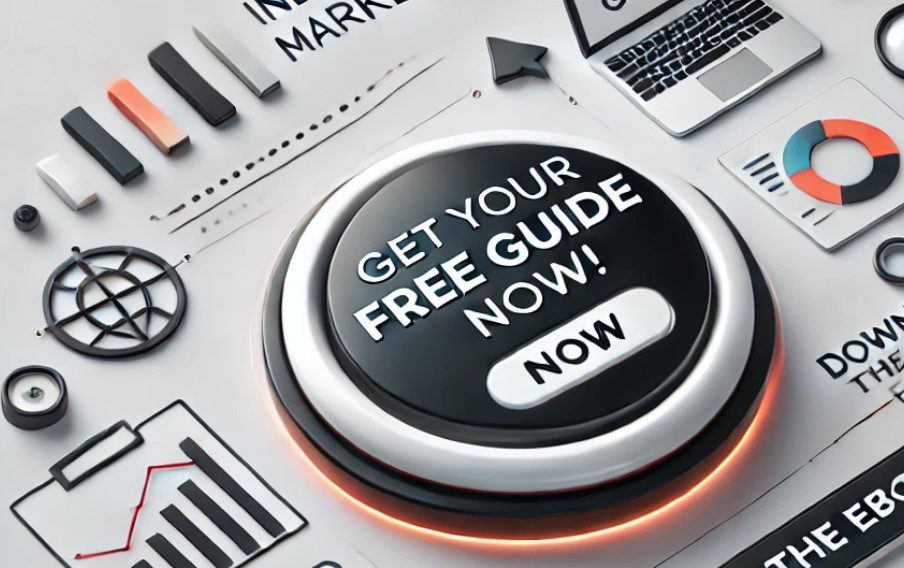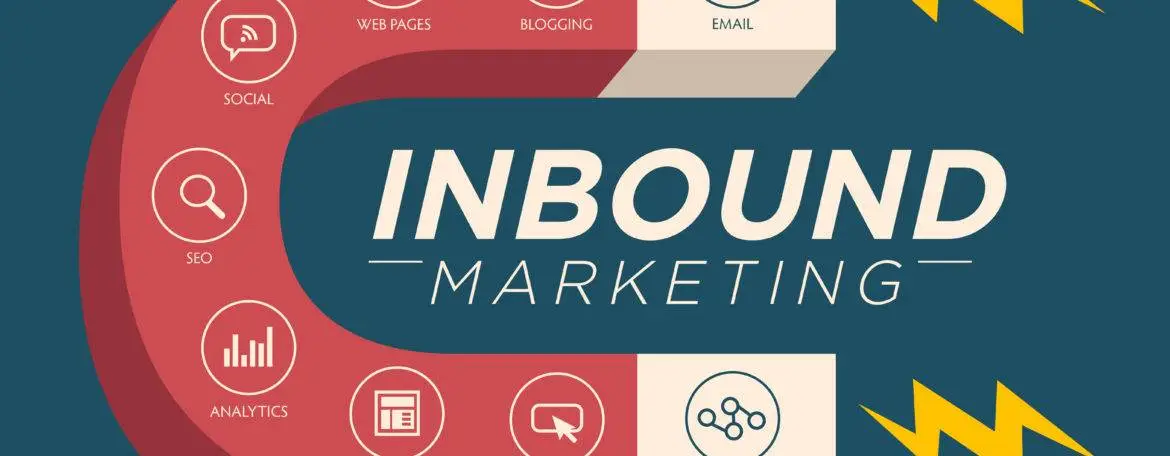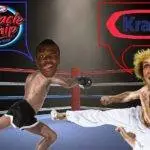EMERGENCY! Your clients want to try inbound marketing and are coming to you for help.
What do you tell them? That you’re not a marketer?
True, but you don’t need to be a marketing master to help them with it. Use this guide as a cheat sheet when your clients start grilling you to make it clear that you’re the service provider they need.
How to explain the advantage of inbound marketing over traditional advertising
Begin with the difference between “interruption” and “permission” marketing.
Old-fashioned, or outbound marketing (commercials, billboards, display ads) “interrupt” customers and give them a pitch. This is bad. Customers don’t want to be sold to by companies they don’t trust.
84 percent of Millennials dislike traditional advertisements, instead preferring to receive information from trusted sources.
Inbound marketing is “permission” marketing: You only engage with customers after they’ve reached out to you. Inbound marketing is about making your brand irresistible to customers by establishing trust, credibility, and thought leadership in your industry.
In fact, inbound tactics produce 61 percent lower cost-per-lead than outbound strategies!
The Inbound Flowchart
What are the stages of an inbound strategy? It’s simple:

You’re bringing in customers with your marketing, you use strategic content to convert them into prospects, you make an irresistible offer that encourages them to become customers, and then you over-deliver and make them wonder how they ever did without you. Easy enough, with the right strategy behind you.
Content Marketing Is the Engine of Inbound Marketing
Content marketing and inbound go hand-in-hand.
Inbound strategies leverage written content (blogs, whitepapers, videos, FAQs) at each stage of the buying cycle to guide prospects through their shopping experience. Think of it as the engine that drives your inbound strategy forward. No inbound campaign can succeed without an established content marketing framework behind it.
Note that going inbound won’t happen overnight. It’ll take time to build out your marketing materials enough to start seeing results, but the investment is well worth it. Content marketing is a key driver of competitive advantage in inbound strategies, and once they’re up and running, they provide continuous value over time.
Companies that blog generate 67 percent more leads per month than those that don’t!
The Buyer’s Journey
Mastering inbound means understanding how modern customers shop for products. This is known as the buyer’s journey: A three-step process by which customers research products, make decisions, and then finally purchase. The three stages of the buyer’s journey include Awareness, Evaluation, and Decision:
Customers are aware of a problem but they haven’t nailed down exactly what it is.
- Their goal: To learn more about their problems and how they can begin resolving them.
- Your goal: To deliver educational content that helps them explore their problems, WITHOUT referencing your brand.
Customers understand their problem and are ready to begin researching solutions.
- Their goal: To locate specific industry solutions and resources that can solve their specific problems.
- Your goal: To deliver content that addresses common industry pain points or specific challenges, WITHOUT referencing your brand.
Customers are almost done with research and are close to selecting a service provider to solve their problem.
- Their goal: To select a specific service provider they can team up with to get problems resolved.
- Your goal: To position yourself as the company most qualified to help the prospect. NOW you can mention your brand.
What are buyer personas?
Buyer personas are fictional profiles of your target customers based off market research and previous customer data. These profiles detail everything you need to know about your market when creating content, and thus, how to tailor content to each stage of the above buying cycle. Buyer personas include the following data, at the minimum:
- Personal details
- Organizational goals
- Primary pain points
Buyer personas help you master the buyer’s journey. Reference this information every time you create content across each stage of the customer buying cycle.
What You Need to Produce
With the above information in mind, you can get to work producing material. Inbound campaigns are powered by content: so you’ll have plenty of work to do:
- Written content (blogs, articles, email templates)
- Premium (gated) content (whitepapers, eBooks, case studies)
- Landing pages specific to each offer
- Video content (explainer videos, tutorials, FAQs)
- Graphics (call-to-action buttons, infographics, custom images)
The specifics of your content marketing campaign will depend on your organization, but regardless of your industry, there’s one truth you can take to the bank: The more quality content you have, the better.
Every piece of content creates more touchpoints between you and your customers, new channels for buyers to interact with, and new opportunities for SEO. According to research, 91 percent of the most successful B2B content marketers are highly committed to their content marketing strategies, and on top of that, 85 percent say content creation is the biggest factor contributing to their content marketing success.

Calls-to-action (CTAs)
CTAs are phrases or graphics (like buttons) specifically designed to entice users into taking action (clicking a link, downloading an offer, filling out a contact form). CTA rules are simple:
- CTAs must be clear, direct, and as specific as possible.
- Every piece of content, email, and website landing page needs a unique CTA.
Website Optimization
Inbound success relies on leveraging your website with structured web design that guides consumers to your marketing materials.
- SEO: Build out your SEO presence by including targeted keywords in headlines and meta descriptions. Optimize your site for mobile viewers. Internally link among your on-site resources and expand your content library as much as possible.
- Navigation: Make it easy for users to navigate your page. Include clear links and on-site cues that users will easily understand.
- Landing Pages: Create a unique landing page for each offer you have. (Premium content, downloadable eBook, etc.)
Getting Social
Social media has an important role in inbound marketing: Promotion! There’s no better way to increase the mileage of your inbound strategy than promoting content on social media.
Social content marketing increases the reach of each post, drives more traffic to your site, and creates more opportunities for conversion. You can do this in three easy steps:
- Create business profiles on your market’s favorite social channels
- Publish your blogs on social media and encourage participation from viewers
- Track each social media channel’s engagement metrics to see how each blog performs
Make it clear that your clients can’t neglect this strategy! Their competition sure isn’t: Over 91 percent of marketers are exploring strategies for engaging their audiences on social channels.
Keep in Touch
Getting the prospect to download a content offer is just step number one. Keeping them engaged with segmented email campaigns will hand-hold the prospect through conversion. Present the next content offer to bring the prospect a step closer, or ask for the sale flat out, depending on your previous engagement touchpoints. Keep these email design tips in mind:
- Clear, short copy with several CTAs (verbal, button, links).
- Be clear about what’s in it for them — they won’t care what benefit it brings to you.
- Make it personal with segmentation. It’s not just the prospect’s name; reference the previously downloaded offer, what to download next, and how it will address pain points specific to that prospect’s industry, etc.
Be Ready for the Inbound Conversation
Inbound adoption isn’t a matter of if, it’s a matter of when. With outbound advertising strategies falling by the wayside, it’s only a matter of time before your clients bring up the inbound conversation.
Web designers are more than capable of helping their clients through the basics of an inbound marketing strategy. Keep the above guide handy when your clients come knocking and you’ll never miss out on an opportunity to promote your services.




